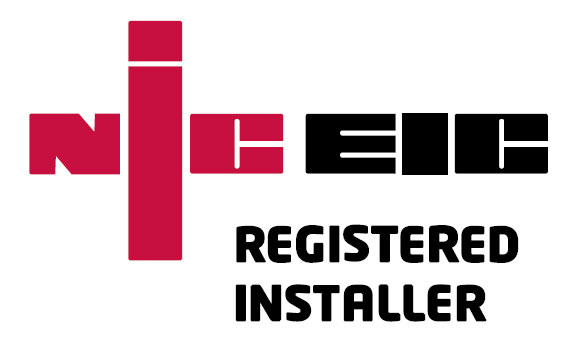Insulation products are tested by an independent body like the BBA or Kiwa to measure their energy performance. Under perfect test conditions they heat the air on one side of the material and take readings on the other. Specifically, they measure the material’s resistance to heat flow to get its R-value, and its thermal conductivity to establish its lambda or K value. Your SAP or EPC assessor then puts these ‘official’ figures into their calcs, along with the material thickness and all other layers in the roof, wall, or floor build-up, like bricks, timber, and plasterboard, to work the U-value of the overall assembly.
Your heating engineer then puts these U-values into their own calcs to determine the heat loss from the building, so they know what size boiler or heat pump you need to generate sufficient heat, plus how many radiators or underfloor pipes you need to distribute that heat within the property. It all makes sense, but there’s one drawback.
Those ‘perfect test conditions’ are nothing like reality.
Don’t assume insulation products tested inside a vacuum ‘hot box’ chamber inside a laboratory perform the same when installed on site. Lab testing doesn’t allow for weather conditions or human error, for example bricklayers slotting insulation into walls while negotiating wall ties, or roofers slicing insulation before bashing it between rafters, timber that shrinks when it seasons, or wool that deteriorates in 5-10 years. In the lab everything is perfect, but on-site perfection doesn’t exist.
In 2012 the British Board of Agrément (BBA), one of the UK’s leading certification bodies, published a report on the detrimental impact of air movement in pitched roofs. It showed that ‘thermal bypasses’ detrimentally increased U-values by up to 80%. If that happens, U:0.18 on your roof becomes U:0.32. Put that in your calcs and see what happens.
It’s not just the BBA who are concerned about the products they test, or more specifically the way they’re installed, the UK’s Passivhaus Trust know all about the problems with open and closed loop air leakage, aka ‘wind washing’, aka Thermal Bypass. And their paper was published ten years later in September 2022, so the problem hasn’t gone away.
Thermal bypass effectively means heat escaping through and/or around the insulation installed. It doesn’t just apply to pitched roofs; it applies anywhere that wool or board insulation is installed. It’s the main reason why there’s an energy performance gap, but it’s not the only reason.
”One of the major contributors to the energy performance gap is faulty, ill-considered design and construction that can result in a thermal bypass… This observation, made by internationally respected researchers and building physicists, clearly suggests there is something wrong with current UK construction methods” – BBA Report
Recognising a huge amount of energy and CO2 is being wasted because of poor installation of insulation, eco-friendly researchers at Leeds Beckett University tested 25 newly built houses in an effort to quantify the energy performance gap. The outcome of their study suggests the average performance gap is 60%, with many houses being over 100%, in other words they need twice as much energy as they should do.
While the mandatory U-values have improved since their study in 2012, i.e. the regulations demand lower U-values, the products and techniques haven’t changed. The performance gap is still a problem, especially at today’s energy prices.
If you really want a warm, comfortable, economical, and eco-friendly property there are a few concepts to get your head around. They’re worth knowing because when you understand what causes the energy performance gap, it helps you to avoid one. Spare 15 minutes and you could learn how to halve your heating bills forever..





